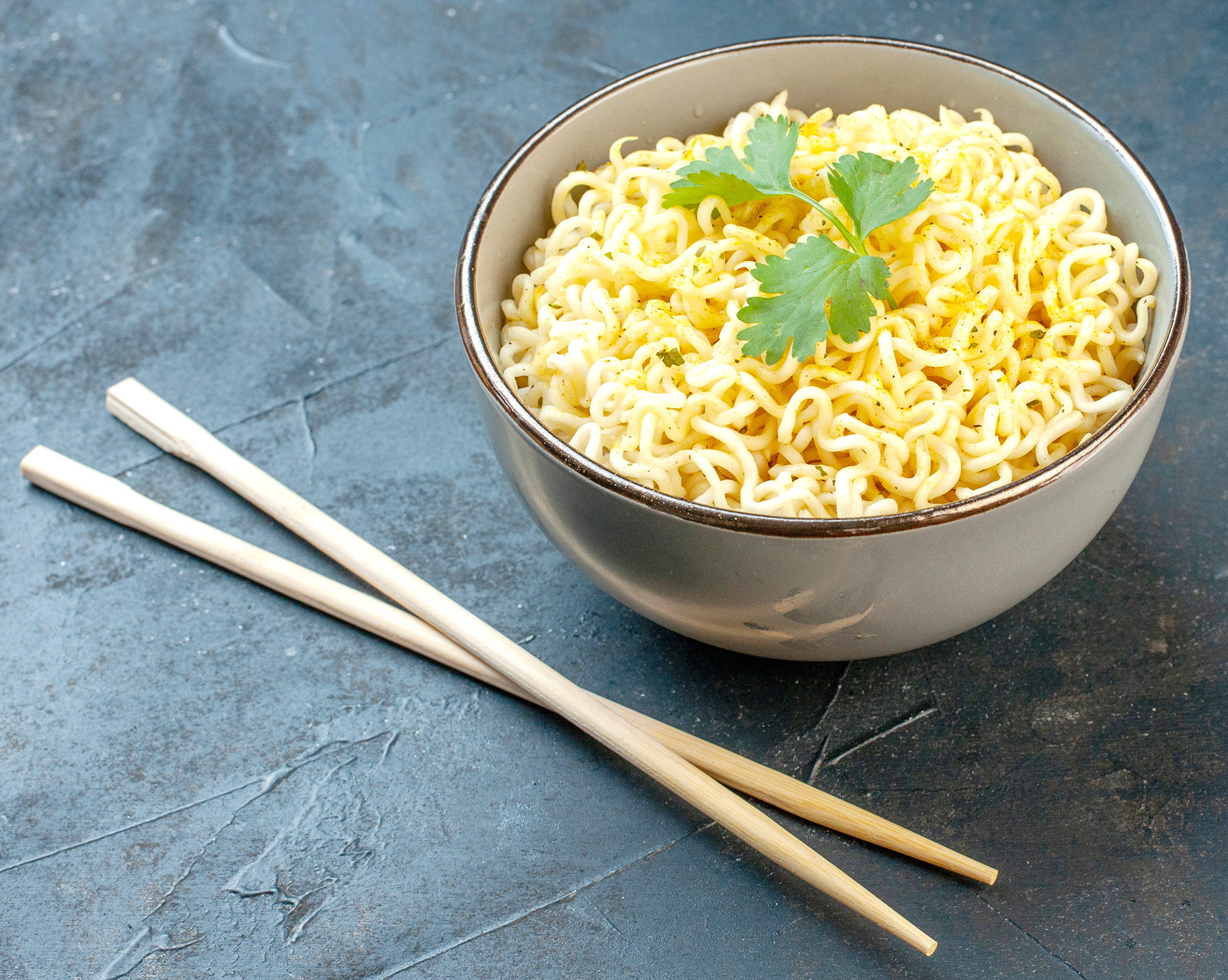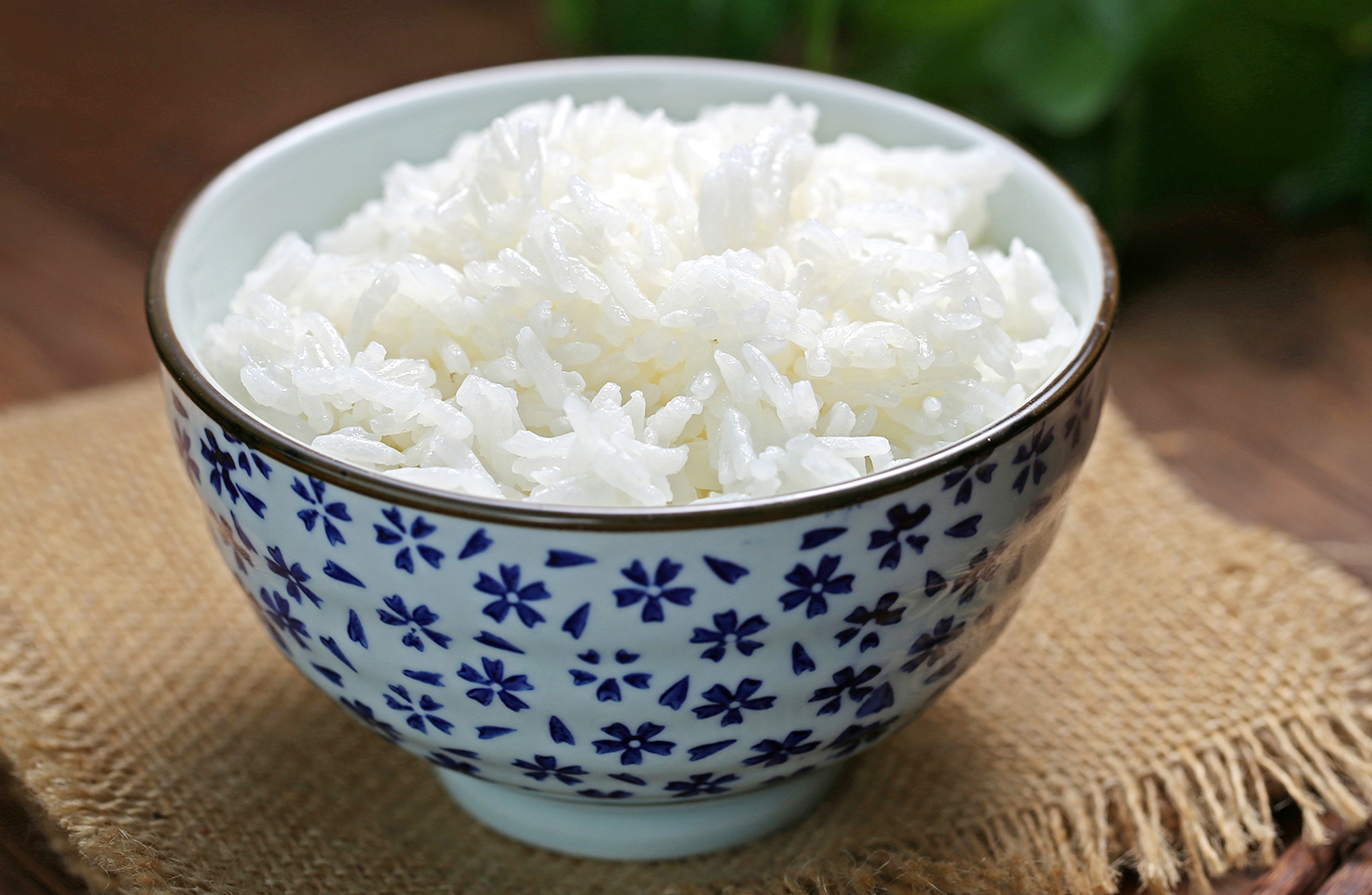What to eat and not to eat on New Year's Eve
Superstitions and folk beliefs are as much a staple on the Media Noche table as the sticky rice and the round fruits
By Sol Vanzi
At A Glance
- New Year superstitions abound in almost every corner of the world, and dictate rules on almost everything from food to the color of one's underwear.

The Philippines is very rich in superstitions, particularly during the New Year, which many believe should be met with ear-busting noise to ward off bad spirits and bad luck. Many of the New Year traditions concern food—what to eat and what to avoid.
Food is the center of many good-luck beliefs among the majority of Filipinos. The dishes people traditionally serve for luck on New Year’s Eve are believed to bring a year of prosperity and good health.
New Year superstitions abound in almost every corner of the world, and dictate rules on almost everything from food to the color of one’s underwear.

Pork
Pigs are a lucky symbol because they are plump. The most popular pork dish for many is the lechon, the most desired centerpiece in important celebrations. The lechon has been proclaimed by international culinary expert Anthony Bourdain as “the best pig in the world.”

Noodles
In many cultures, noodles are symbols of long life while grains stand for abundance. The serving of noodles may have been adopted by Filipinos from the Chinese. These days, though, the Filipino pancit has been replaced by spaghetti with sweet tomato sauce and sliced hotdogs.

Greens
Because greens resemble money, they are a necessary item on the New Year’s Eve table. So far, only dollar-earning Filipinos believe this.
Fish
Fish are believed to be lucky because their scales resemble coins, and they swim in schools, which invoke the idea of abundance.
Cake
Ring-shaped cakes, sometimes with trinkets baked inside, are also a symbol of coming full circle. Cakes have become a favorite item to end a Filipino feast. replacing cooked sweets.
Fruit
Filipinos have adopted the practice of placing 13 different kinds of fruits at the dining table on New Year’s Eve. Every fruit is round in shape, a symbol of coming full circle. Native fruits like atis, chicos, pomegranates, lanzones, rambutan, pomelo, melon, santol, and guavas are common, alongside imported oranges, grapes, pears, peaches, and apples. Fruits with thorns like pineapple, jackfruit, and durian are avoided as the thorns symbolize problems or obstacles.

Sticky rice
Filipinos are known to be family oriented and believe that eating food made with sticky rice strengthens family ties. This is also believed to deliver good fortune. Native kakanin include bibingka, suman, kalamay, biko, palitaw, puto bumbong, and bilo-bilo.
In the Philippines, New Year celebrations are full of observances, superstitions, or folk beliefs. For centuries, Filipinos have practiced various customs to greet the incoming year with optimism. These traditions have been passed on from one generation to the next.
Wear polka dots.
For Filipinos, wearing anything round signifies prosperity. Polka dots epitomize money and fortune.
Jumping high when the clock strikes 12.
Children are encouraged to jump as high as they can when the clock hits 12 because old folks believe that it will help them grow taller.
Media Noche reunion
New year’s celebration for the Filipinos is not complete without the old Filipino custom, Media Noche. On New Year’s eve, Filipino families, relatives, and friends gather for a lavish midnight feast that symbolizes their hopes for prosperity and an abundant year ahead. This tradition is most likely inherited from the 300-year-long Spanish regime.
No chicken and fish dishes
If there’s food believed to bring luck, there’s also food that’s considered not suitable in the New Year celebration. Abstain from eating chicken and fish, as they associated with food scarcity.
Water and rice containers should be full.
It’s always best to welcome the New Year abundantly, so many Filipinos make sure their water and rice containers, as well as food cabinets, are full. They believe that this will make their life prosperous all year round.
Pockets full of coins
Another popular practice, especially among children, is to fill up one’s pockets with coins and shake the pockets at 12 midnight. This practice is believed to bring good fortune. Some also scatter coins around their house to bring them more luck and money. One should also stuff one’s pockets or wallet with new bills or at least lots of money to invite wealth for the entire year.
Loud noises to drive away evil spirits
Many Filipinos believe fireworks help ward off evil spirits, another Chinese influence. The main point is to create loud sounds to scare away evil spirits and elements and also to drive away bad luck. Apart from pyrotechnics, others create loud noise through other means such as the car horn, torotot (hornpipe), and even frying pans or pots.
Open doors, windows, and turn on lights.
Apart from food and coins that symbolize prosperity, another tradition is to open all doors, windows, drawers, and cabinets to bring in good fortune.
Debts must be paid off.
It is believed that whatever is your financial state when the clock hits 12 midnight on New Year’s Day will be the same financial status for the rest of the year.
Don’t spend on Jan. 1.
Many believe that not spending a single peso on the first day of the year will lead to better financial condition for the rest of the year. Stay at home, if that’s all right with you.
Step only with the right foot.
Many cultures that if you step into the New Year with your right foot, you’ll get it started on the right foot.
Look out the bedroom window.
If the single women hoping to get engaged peer out of the bedroom window as soon as they wake up on New Year’s Day, and you see a man walk by, expect an engagement ring before the end of the year.
Kiss someone at midnight.
Superstition has it that if you kiss someone when the clock hits 12, your love will last all year long.
Don’t clean your house.
According to Chinese lore, sweeping the house on New Year’s Day will clean away the good luck you’ve stored up for the New Year. Don’t even do the laundry.
Wear red undies
In Latin America, wearing red underwear on New Year’s is believed to bring passionate relationships for the next 12 months.